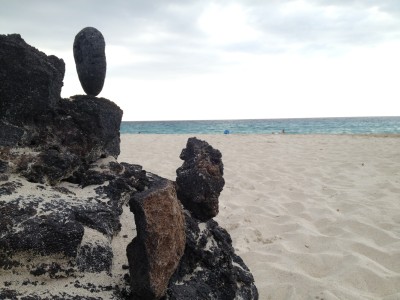Recently I received an email from the Center for Council, one of the groups that offers a form of circle as core modality for reclaiming who we are as human beings (or evolving the edge of how we are as human beings in this time).
It referenced an “increasingly divisive time,” “nasty rhetoric that is common place in politics,” “contentious chatter in social media,” “growing orientation to us versus them,” and “putting up walls rather than coming together.”
This is a contemporary narrative that feels very familiar and accurate and needed. By narrative, I don’t mean a story to place on a bookshelf when tired of reading it. By narrative, I do mean a perceptive lens that shapes not only what we see, but what is seeable.
I appreciate the Center for Council’s invitation and their modality. For me, I work and practice through The Circle Way because of all that is named above. It’s the rubber-hits-the-road methodology that I teach and live as a way of being that makes the most sense to me. It creates the most change. At one layer, it is as simple as “let’s talk.” At another layer, “let’s listen.” At another, “let’s get real.”
All of these are good things. And needed. I’m an advocate. Dialogue will always matter. Understanding will always matter.
However, since beginning to write this post, I’ve watched videos and programs about the two most recent killings of black people by police officers in the United States this week.
I can feel a kind of hurt in me as I watch Diamond Reynolds describe the shooting of her fiancé, Philando Castile in Falcon Heights, Minnesota. I can hear the fear and panic from the police officer who remains with gun pointed in to car, having already fired it four times, while Diamond Reynolds, complies with requests to keep her hands where they are, yet remains filming and documenting.
I can feel my anger as I watch the wife of Alton Sterling describe the circumstances of his death. I can feel my confusion grow as I hear that he was shot three times in the chest while already subdued. I can feel my tears rise as I watch Alton Sterling’s teenaged son, break down in tears at the press conference. I can feel my frustration. Why? Why is this such a common story? Its never far from me — what if that were my boy, who is black, and mostly oblivious to these dangers as he lives his 11 year-old life? What if he were stopped later in life? What if he were misunderstood? And killed after being seen as a threat in a moment of fear by a scared officer with power?
No, I don’t believe it is easy at all to be a police officer. No, I don’t relate to that kind of stress and what are likely many stories of what was happening inside these officers in the real-time assessment and reaction of the moment. I can understand. I can tell myself to be patient. But I hear my friend Quanita’s voice speaking to me, “and people are still dying.”
I don’t get it. The part of me that has to imagine many choices of power that can be used that are not fatal. I don’t get it that trained officers wouldn’t be able to use guns to shoot other than in the chest and heart. If necessary, why not a leg? Get way from guns, why not a taser? Why not pepper spray? Surely there must be strengths that are debilitating enough to not kill yet provide more resolutions to a situation. Why is it that a gun shot to the chest is what we are seeing so often from what are skilled and trained professionals?
To be fair, I suppose there are many instances where this is the case. Cops do their job. It doesn’t go reported. That’s comforting.
“And people are still dying.” Philando Castile. Alton Sterling. Dontre Hamilton (whose mother I met in person a couple of months ago), Eric Garner, Michael Brown, Tamir Rice, Walter Scott, Freddie Gray. Fuck!
And people are dying.
This has to change.
And people are dying.
Training has to change.
And people are dying.
Increasingly divisive.
And people are dying.
All lives matter.
I remind myself to breath, and return to talking, and listening. It better be real.
And people are dying.

 Second, I’m well aware of the phrase, “Be yourself. Everyone else is taken.” I just hate that phrase. Sometimes. Because it is more convenient to think of being somebody else. I want to be Mark Nepo when I grow up. It’s a balm to take unfolding self and project it on to others, thus avoiding the essential self journey, isn’t it. But then, let’s be kind. Becoming self is simultaneously 100% always happening, and, iterative too. It’s a kind of vacation to just imagine being someone else for a bit that inspires me to go back to work, with hopefully a bit of sand in my toes.
Second, I’m well aware of the phrase, “Be yourself. Everyone else is taken.” I just hate that phrase. Sometimes. Because it is more convenient to think of being somebody else. I want to be Mark Nepo when I grow up. It’s a balm to take unfolding self and project it on to others, thus avoiding the essential self journey, isn’t it. But then, let’s be kind. Becoming self is simultaneously 100% always happening, and, iterative too. It’s a kind of vacation to just imagine being someone else for a bit that inspires me to go back to work, with hopefully a bit of sand in my toes.